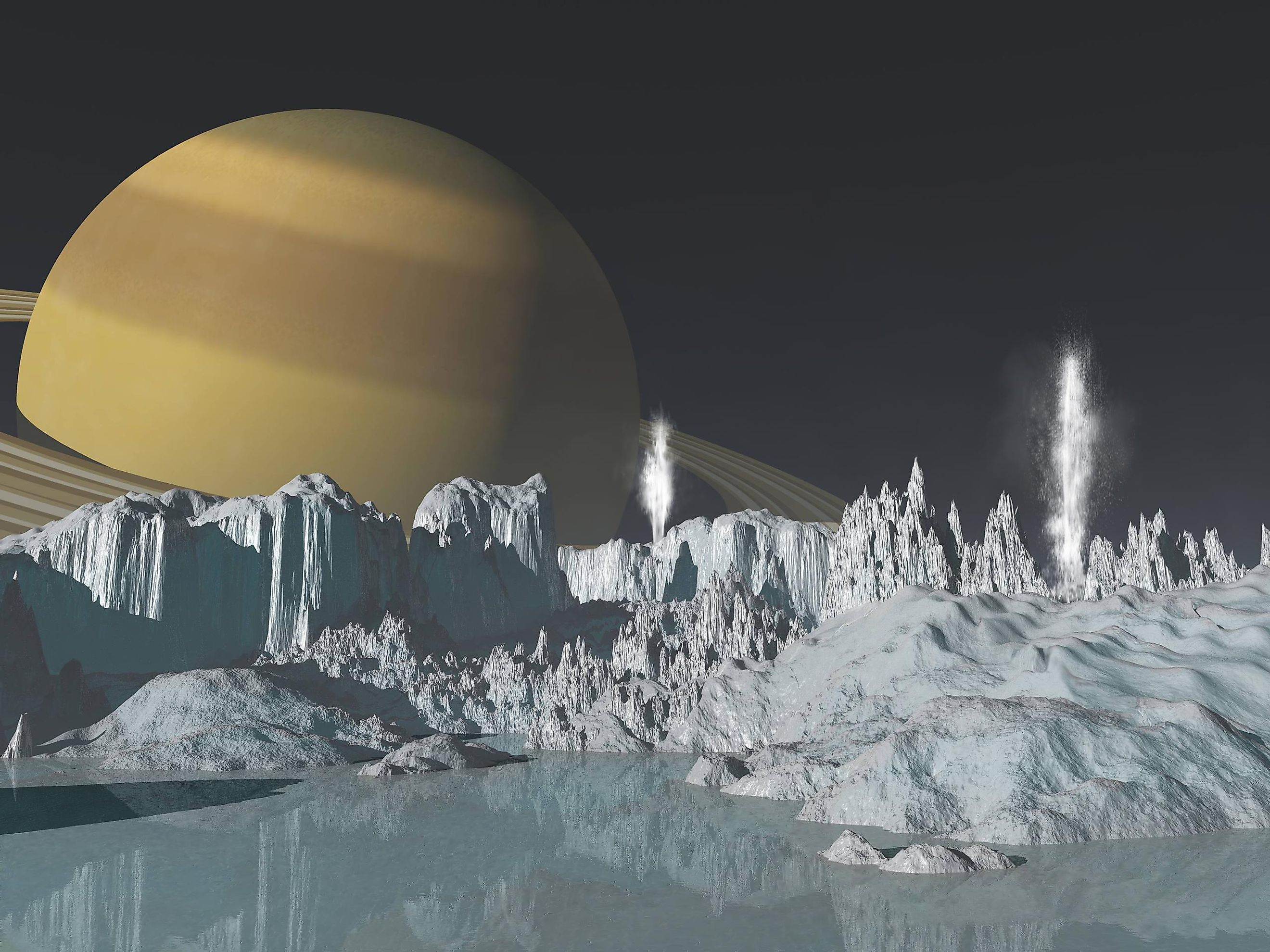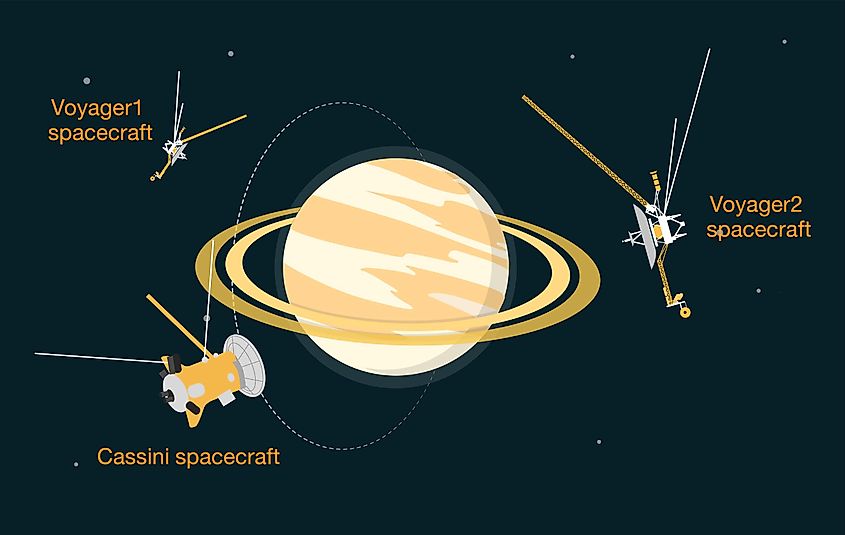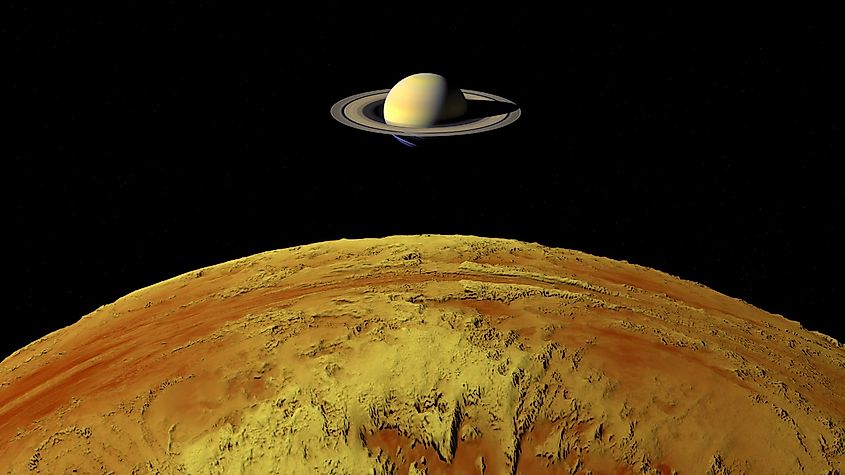
We May Finally Know How Saturn's Magnificent Rings Were Formed
Saturn, known mainly for its stunning ring system, holds a special place as one of the most well-known celestial bodies in our solar system. Its extraordinary rings, first observed by Galileo Galilei back in 1610, were initially presumed to be two massive moons because of the constraints of the telescopic technology of that era. It took another 45 years, thanks to the keen eye of astronomer Christiaan Huygens, to reveal the truth - that Saturn was surrounded by a colossal disc. This revelation sparked a frenzy of inquiries, particularly regarding the rings' formation and age, which continue to captivate us to this day.
How old are Saturn’s rings?

Famously adorned with its celestial halos, Saturn isn't the sole ring-bearer in our solar system. Every gas giant in our cosmic neighborhood boasts a set of rings, though none rival the grandeur of Saturn's. This striking feature provokes a captivating question - why does Saturn's ring system stand peerless among its planetary brethren?
One hypothesis posits that Saturn's rings are relative newcomers, perhaps only 100 million years old in the context of the planet's lifespan. Other gas giants may have seen their ring systems take shape billions of years ago, their glamour gradually fading as eons passed. The data from the Cassini spacecraft lends credence to this theory. Cassini's observations revealed a slow darkening of Saturn's rings, a result of relentless solar radiation. By reverse-engineering this darkening rate, astronomers have estimated the rings' age to be around 100 million years. This exploration unravels a captivating chapter of our solar system's saga.
Where did Saturn’s rings come from?

Astronomers have studied the origin of Saturn’s rings for centuries, and there has never been a shortage of possible explanations. Today, most evidence points towards the rings having formed after the destruction of a moon whose debris then formed the rings. This theory was first proposed in the 19th century, yet most evidence seems to indicate that it is the most likely explanation. However, there are a multitude of variations to this theory, and astronomers have yet to determine which is true. One theory is that one of Saturn’s moons experienced a gradual decay of its orbit, slowly spiraling towards Saturn. Eventually, the moon moved too close and passed what is known as the Roche limit, which is the region around a planet where gravitational tidal forces become too strong for objects to maintain themselves. Once the moon passed the Roche limit, Saturn’s gravity ripped it apart, with the debris falling into orbit and forming the rings. Another variation of this theory is the moon never passed the Roche limit, and instead it was struck by a large comet or asteroid, causing the moon to break apart. Or perhaps the rings formed as a result of two moons colliding with one another. As of yet, astronomers are unsure which variation, if any, fully describes how Saturn’s rings formed.
Another theory
While most evidence points towards a broken moon resulting in the formation of Saturn’s rings, another popular theory is that the rings formed directly from the solar nebula billions of years ago. When the sun first formed, it was surrounded by a vast disk of material called a protoplanetary disk. Gradually, gas and dust condensed to form rock, which in turn eventually resulted in the formation of the first planets. It’s possible that some of this material fell into orbit around the gas giants and resulted in the formation of their ring systems. While this theory makes sense, it has several issues, such as assuming Saturn’s rings are as old as the planet itself, and it also fails to explain the overall composition of Saturn’s rings as well as the rate of darkening. While there are many theories and variations to these theories, how Saturn’s rings formed remains one of our solar system’s biggest mysteries.











